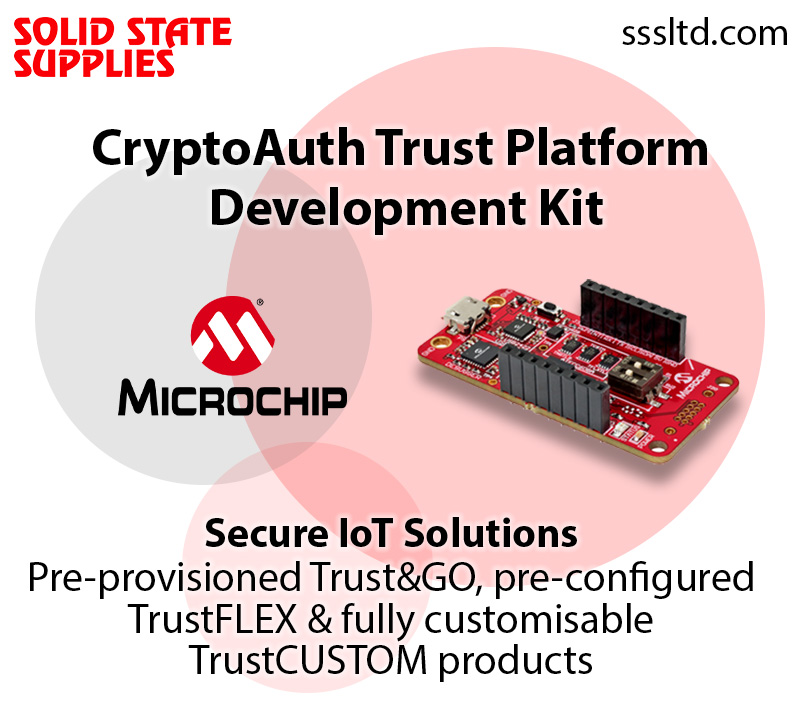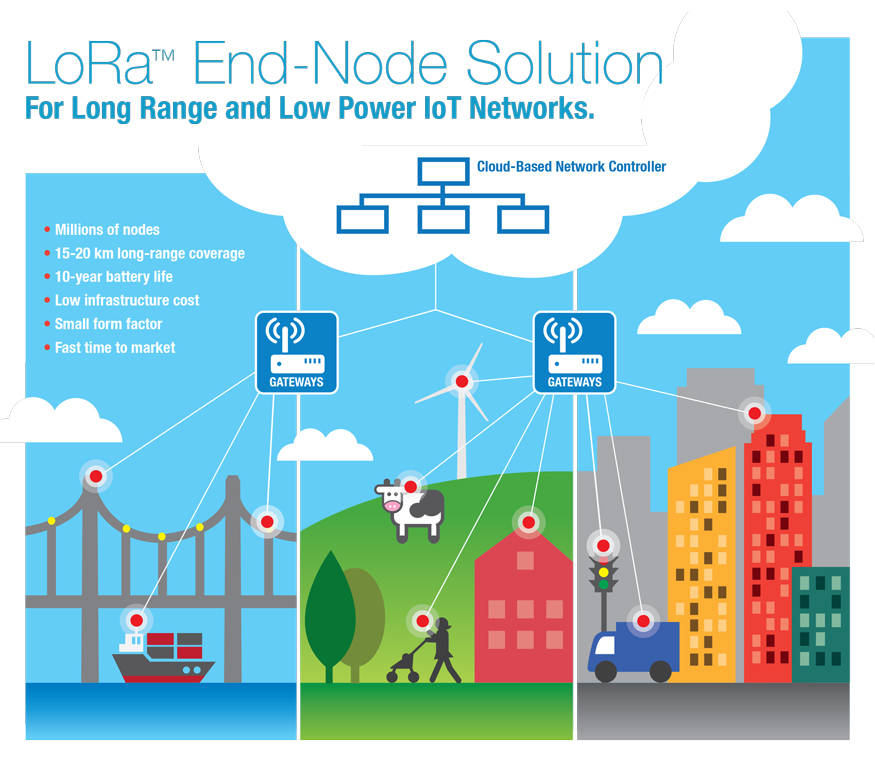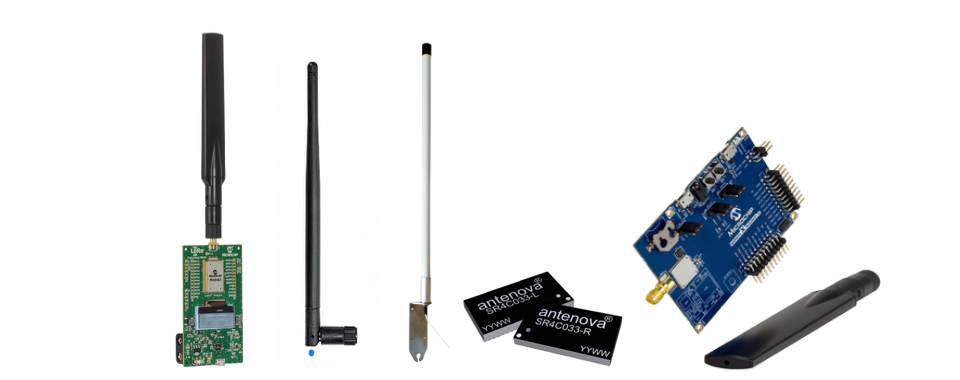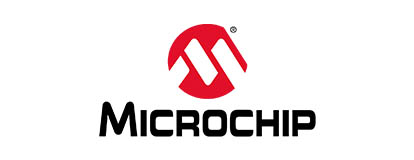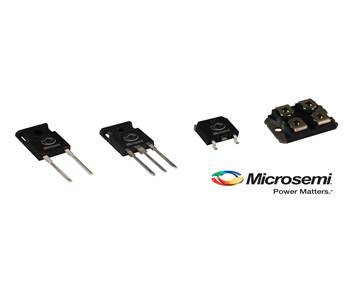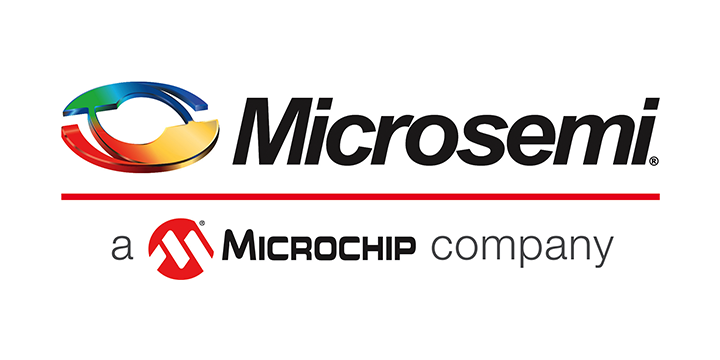
The CryptoAuth Trust Platform Development Kit is the newest addition to Microchip’s CryptoAuthentication evaluation kits. This kit is designed to help explore and implement IoT solutions with a pre-provisioned ATECC608A Trust&GO, pre-configured TrustFLEX and fully customisable TrustCUSTOM products.
The Trust&GO and TrustFLEX products are an easy way to add hardware security to IoT Cloud solutions, accessory authentication, IP Protection, and firmware verification. When these kits are paired the Microchip development tools and Microchip provisioning systems, all project sizes – including low volume – can easily and readily implement secure authentication into applications. Provides a physical overview of connections, components and switch settings implemented on the board are provided in the user guide.
The CryptoAuth Trust Platform consists of ATSAMD21E18A that is the main MCU – which is pre-programmed with Microchip`s Secure Product Group (SPG) kit protocol. This protocol is responsible of the communication between the CryptoAuthentication devices and the host MCU over the USB HID interface. The data transfer between the secure elements and the host MCU is indicated by the Status LED.
Each of the secure element has a different I2C address that enables its communication with the host MCU hence eliminating line contention issues.
Features
- ATSAMD21E18A Host MCU pre-programmed with kit Protocol Firmware
- 3 Secure Elements:
– Trust&GO – ATECC608A-TNGTLS
– TrustFLEX – ATECC608A-TFLXTLS Prototype
– TrustCUSTOM – ATECC608A-MAHDA - Debugger helps to read the debug information from the MCU
- A dual port USB Hub that passes data between upstream and downstream devices
- Compatible with Microchip Development Platforms – MPLABX and Atmel Studio 7
- Kit name identified by software as CryptoAuth Trust Platform
- USB connector for easy connection to the PC
- DIP Switches for easy switching of the SDA lines between the on-board devices and mikroBUS
- Supports mikroBUS for easy connection to MikroElectronika add-on boards
- Supports I2C for the secure elements and I2C, SPI and UART for the mikroElectronica add-on boards.
System Requirements
- Windows 7 or Windows 10 Operating System for use with MPLABX or Atmel Studio 7
- Linux of Windows for use with Python tools
- Python 3 or Later

